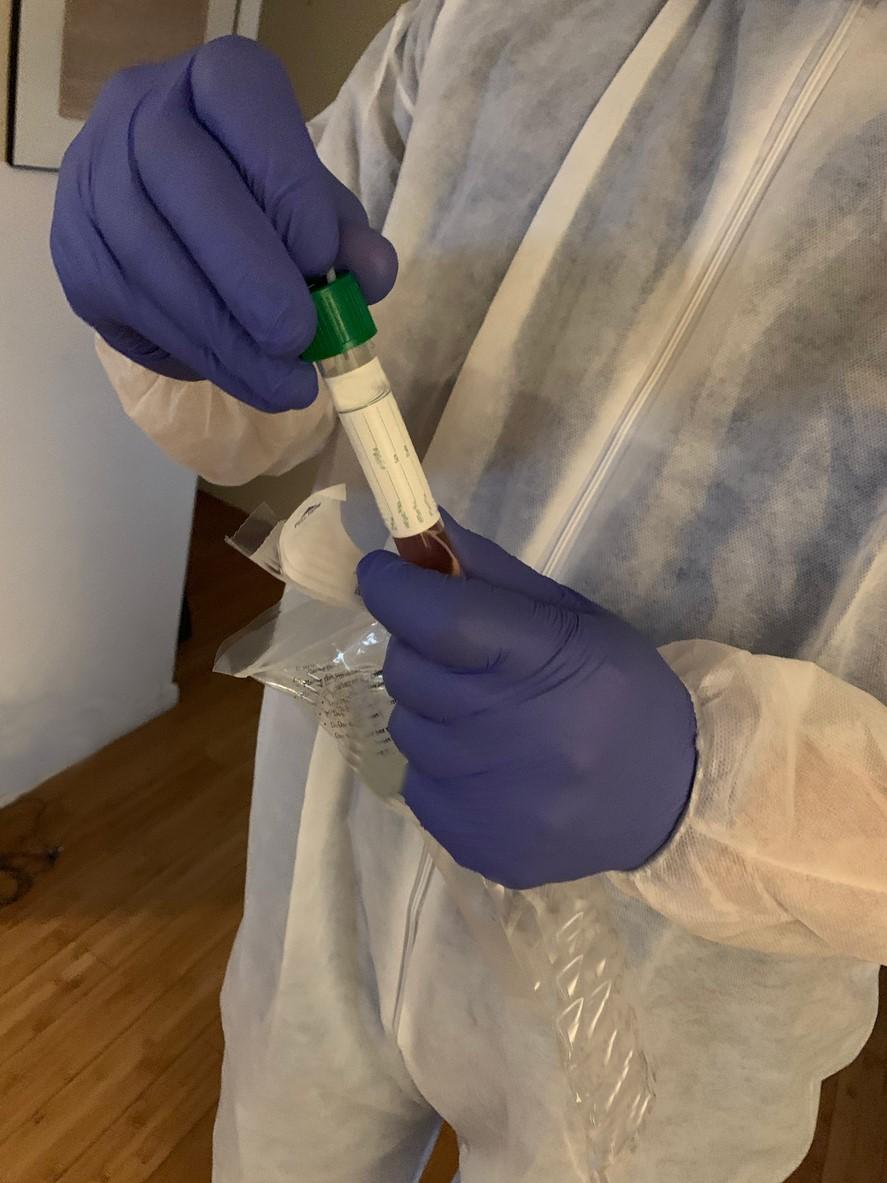As recently as the end of September, as community COVID-19 cases began spiking, the vast majority of test result turnaround times for residents and staff at US nursing homes were still taking substantially longer than the 24 hours recommended to guide effective infection control, according to a research letter published late last week in JAMA Internal Medicine.
The authors, led by a researcher at the University of Rochester in New York, analyzed data from the Medicare COVID-19 Nursing Home Database, a federally required weekly survey of all Medicare-certified nursing homes from Aug 16 to Sep 27 both nationally and in counties hard-hit by the novel coronavirus.
Nursing home residents have made up over 40% of all US COVID-19 deaths, the authors noted. In July, Medicare started to disseminate point-of-care testing kits, with a focus on hot-spot counties, but data on turnaround times had been limited.
The results come as a report today highlights ongoing increases in US nursing home cases, especially in the Midwest.
Falling short of outbreak recommendations
At the 15,065 nursing homes responding, test results took less than 24 hours for only 713 (4.8%) of those testing residents and 960 (6.2%) of those testing staff by Sep 7. By Sep 27, rates had risen slightly, to 1,516 (9.5%) of homes testing residents and 2,188 (13.5%) testing staff.
In Medicare-designated hot-spot counties, 8.5% of nursing homes testing residents reported less than 24-hour turnaround times, while 10.4% testing staff reported the same by Sep 7. By Sep 27, those rates had increased to 13.2% of those testing residents and 16.4% testing staff.
On a national level, test turnaround times were at least 3 days for 45.5% of nursing homes testing residents and 55.1% testing staff by Sep 7. By the same date in hot-spot counties, those rates were 41.3% for residents and 43.3% for staff.
By Sep 27, rates of homes reporting turnaround times of 3 days or longer decreased to 36.6% of those testing residents and 39.8% of those testing staff. By the same date in hot-spot counties, those rates decreased to 30.4% for residents and 29.9% for staff.
"Although testing delays improved over time, the state of testing is far behind the less than 24-hour turnaround that epidemiological modeling suggests is essential to prevent COVID-19 outbreaks in [skilled nursing facilities]," the authors wrote.
Even in hot-spot counties, in which all nursing homes should have received point-of-care tests by mid-August, turnaround times of less than 1 day were reported in less than 17%. "Conflicting regulations and testing supply shortages may be hampering efforts to take advantage of these devices," the researchers said.
Community cases spark nursing home outbreaks
The study findings took on added importance today as the American Health Care Association and the National Center for Assisted Living (AHCA/NCAL) released a report saying that COVID-19 cases in US nursing homes have risen with community spread since mid-September, with 43% of new cases in Midwestern facilities.
South Central states were second, with 27% of confirmed cases, while Pacific and Mountain states accounted for only 3% each.
From Oct 4 to Oct 18, weekly confirmed nursing home cases rose from 6,098 to 7,563, a 24% increase. Deaths rose only slightly, however, with 1,015 confirmed the week of Oct 4 and 1,033 the week of Oct 18.
AHCA/NCAL CEO Mark Parkinson said in an association news release that the recent spike in community and nursing home cases, with the slight rise in deaths, has been frustrating after initial progress in reducing COVID-19 cases this spring in the Sun Belt. He called for passage of another coronavirus relief package that would include funds for long-term care facilities.
"Health care facilities, including nursing homes and assisted living communities, are already experiencing an uptick in new COVID cases, and they need every possible resource heading into what promises to be a challenging winter," Parkinson said. "Without adequate funding and resources, the U.S. will repeat the same mistakes made during the initial outbreak last spring and the major spike over the summer."























